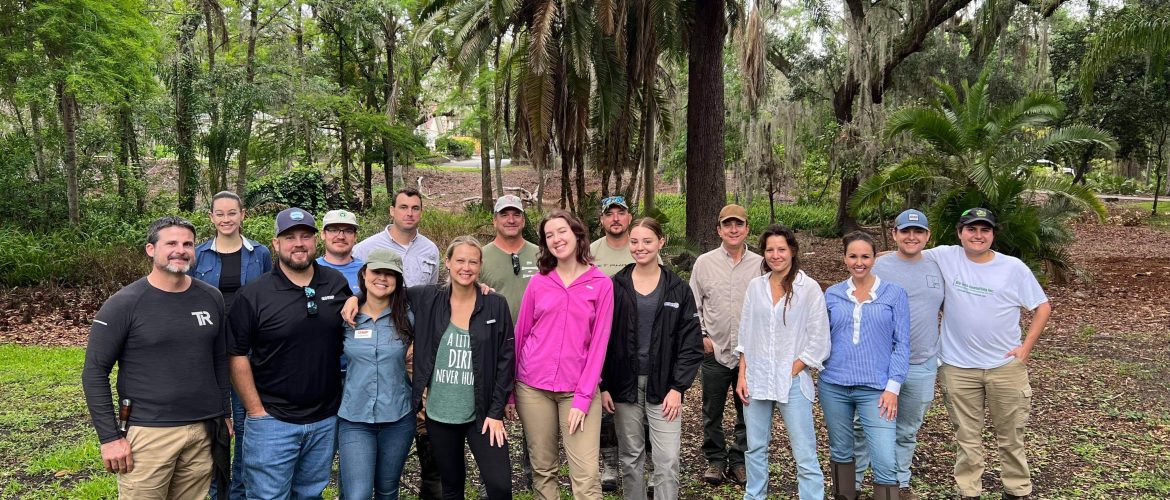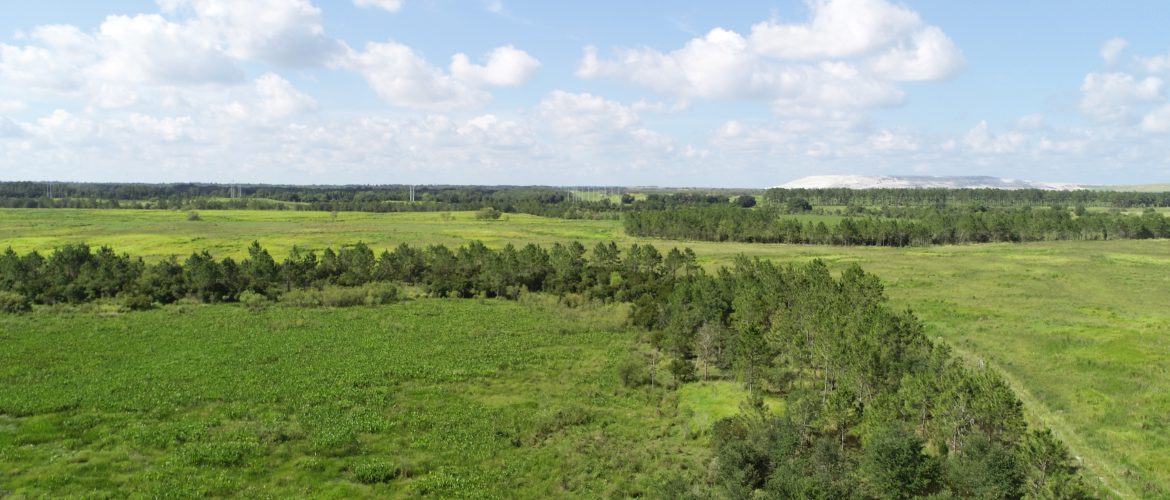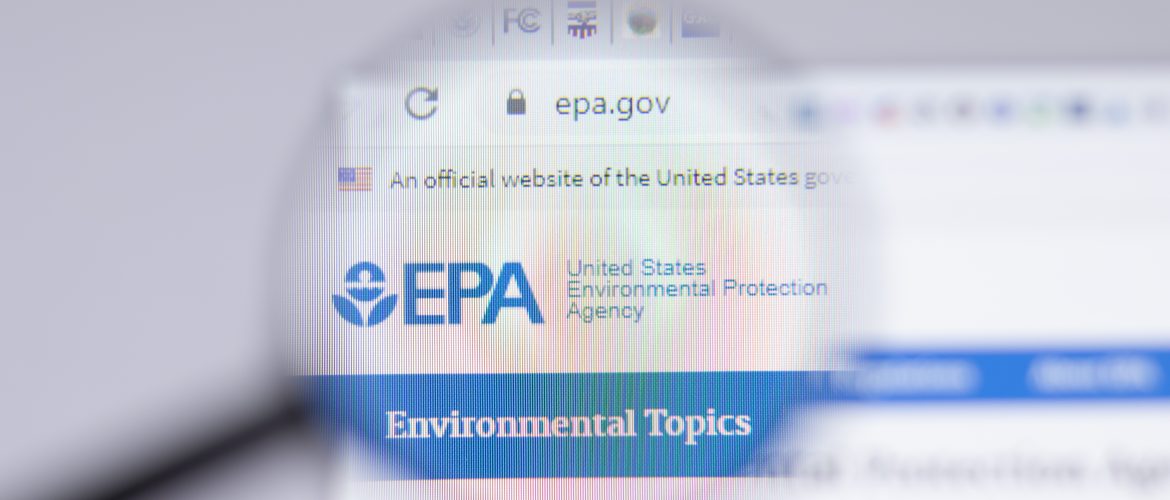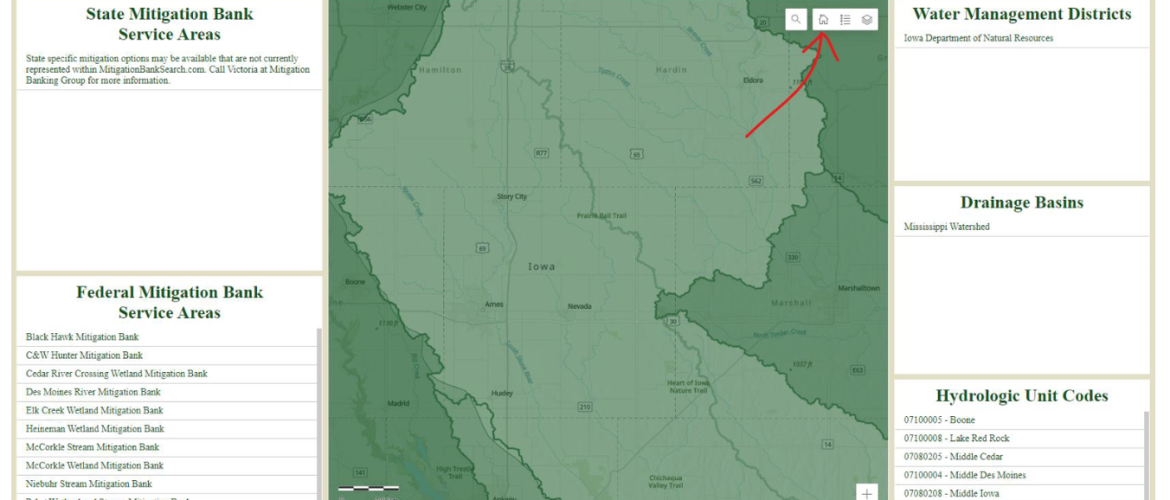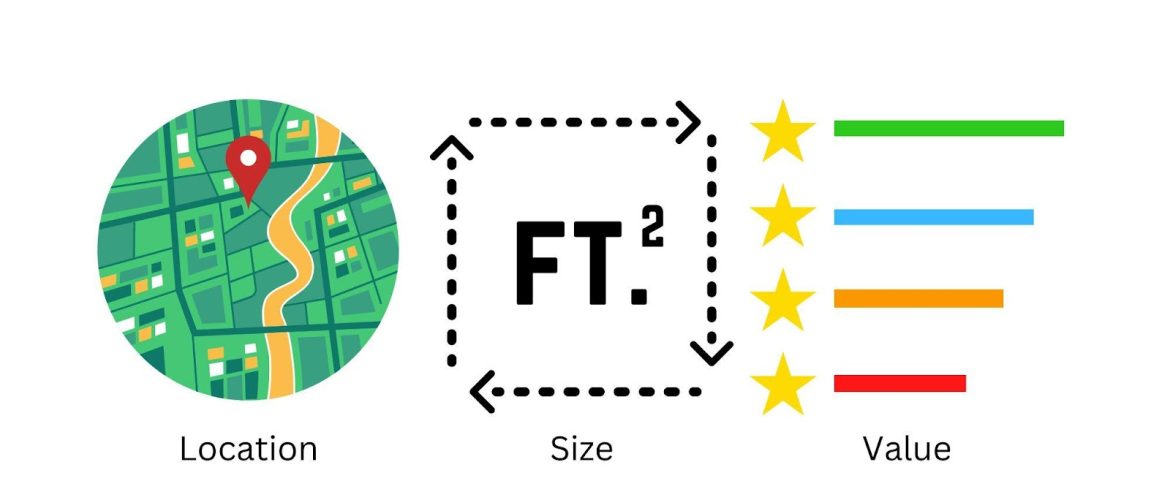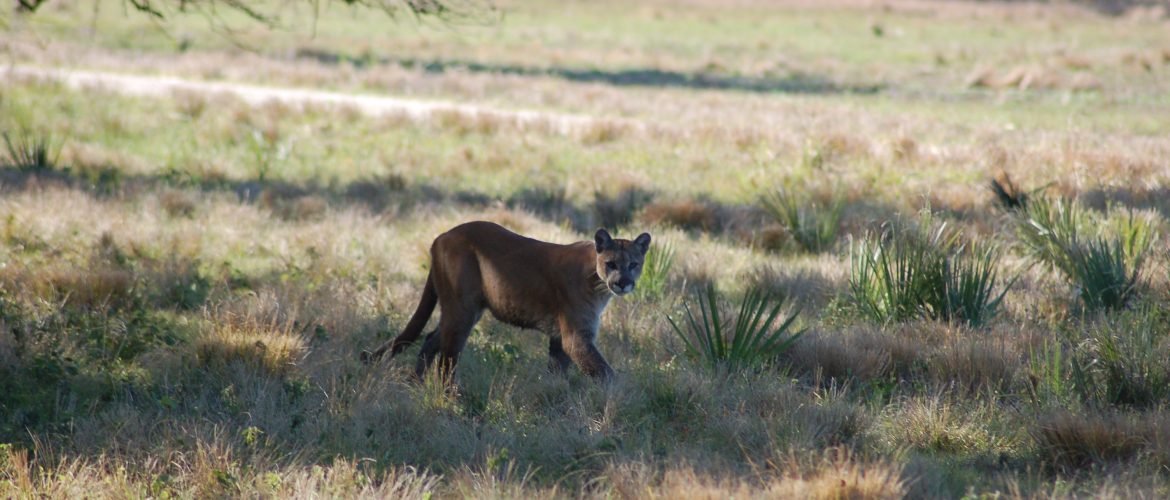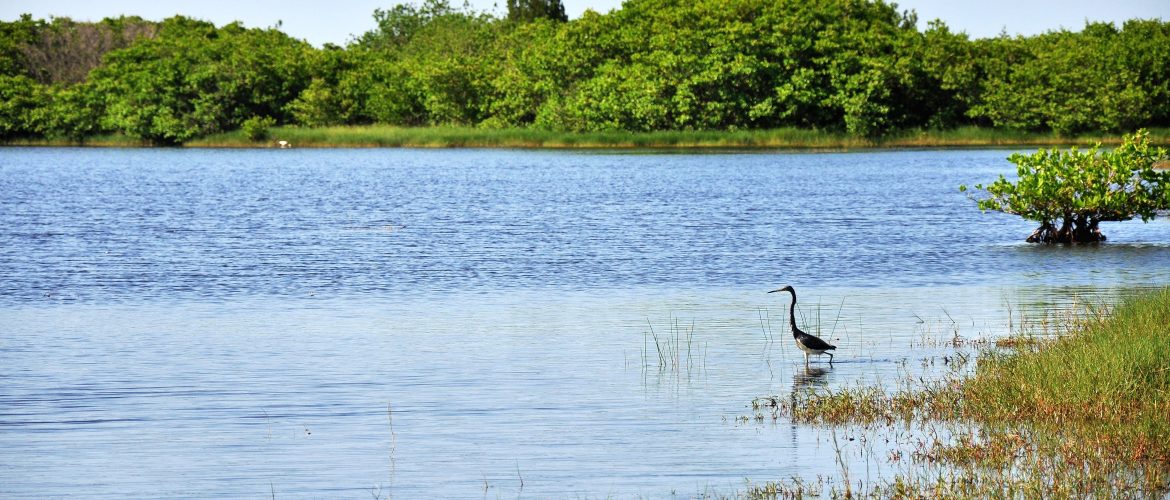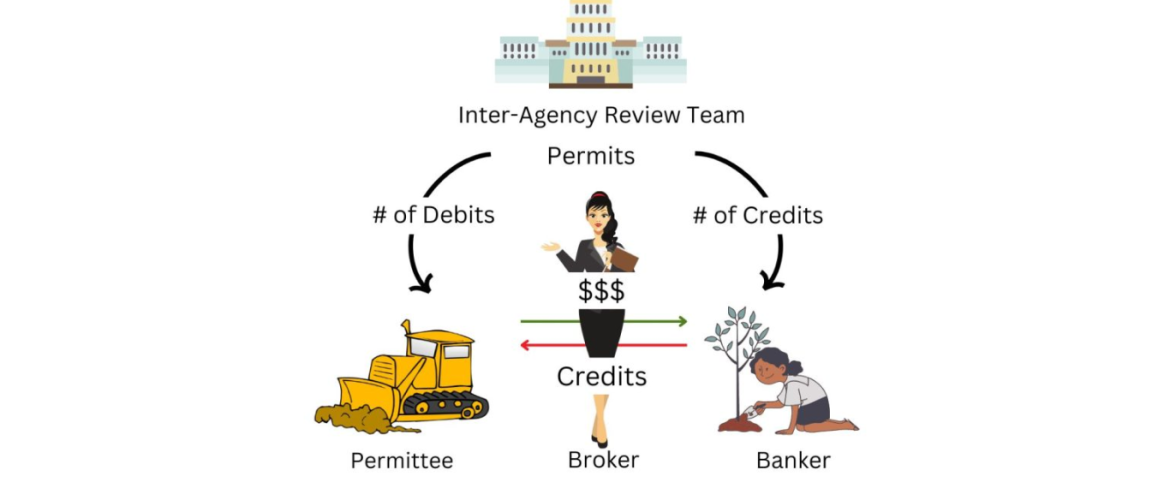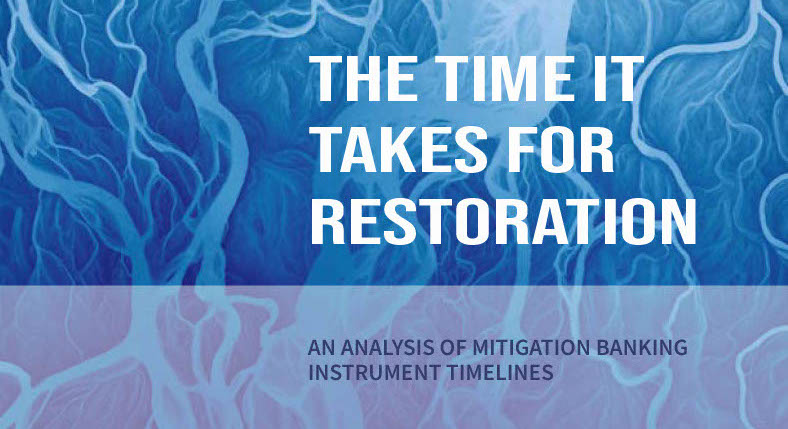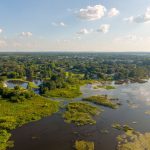MBG Blog: FAEP & CFAEP Hydric Soils Training Workshop Recently, I had the privilege of participating in the CFAEP Hydric Soils Training workshop organized by the Central Florida Association of Environmental Professionals. This comprehensive workshop aimed to enhance our understanding of hydric soils and their significance in environmental conservation. Through engaging sessions, hands-on activities, and a rewarding field trip, we gained valuable insights into identifying, classifying, and assessing hydric soils. The workshop, led by experienced professionals, provided a conducive
Join us for the EMC 2024 in Pittsburgh, PA, where environmental markets converge for sustainability and resiliency. Schedule a meeting with our CEO, Victoria Bruce.
How much does it cost to Permit a Mitigation Bank? The cost of permitting a mitigation bank can vary widely depending on several factors, including the size and complexity of the site, the scope of the proposed restoration activities, and the specific regulatory requirements that apply to the project. However, it is generally recognized that the cost of permitting a mitigation bank can be substantial! According to the USACE, the cost of developing a mitigation bank can range from $500,000.00-$5 Million, depending
NEW EPA DRINKING REGULATIONS PROPOSED for Man-Made Chemicals PFAS (Perfluoroalkyl and Polyfluoroalkyl Substances) There is currently no federal mandate to regulate public water systems to test for PFAS chemicals or take steps to filter them out of their supplies before it reaches consumers. On March 14, 2023, EPA announced the proposed National Primary Drinking Water Regulation (NPDWR) for six PFAS including perfluorooctanoic acid (PFOA), perfluorooctane sulfonic acid (PFOS), perfluorononanoic acid (PFNA), hexafluoropropylene oxide dimer acid (HFPO-DA, commonly known as GenX Chemicals), perfluorohexane
About MitigationBankSearch.com Have you just bought a property that you were hoping to build on and found that a wetland habitat is on the property? Is a regulatory agency telling you that you will have to calculate the impacts that your development will have on the wetland and that you will have to purchase mitigation credits for those impacts? Mitigation Banking Group simplifies the process, explaining the steps to take and help you purchase those mitigation credits from the right place. These steps
One Credit Does Not Equal One Acre: Calculating Mitigation Banking Credits in Florida Wetland mitigation banking credits are a valuable commodity. However, the methodology behind calculating credit amounts can be confusing and often leads to misconceptions about how many acres equal a wetland credit. This is to say nothing of how habitat credits are calculated. The calculation of credits in Florida is not a straightforward mathematical formula. The exact formula may vary based on the method and regulations
The Passing of a Legend: Les Alderman With heavy hearts, we announce the death of Leslie (Les) David Alderman Jr. (Fort Myers, Florida), who passed away on March 16, 2023 at the age of 78. Les was a pioneer for the protection of Panthers in Southwest Florida, and paved a way to restore thousands of acres for panther habitat. He was a sweet soul who always asked about the family! Last year, he discovered that he had a brain tumor; and the
Mitigation Banking Legislative Update – March 2023 HB 1167 has been filed; and a Senate companion to HB 1167 has been filed – SB 1702. This bill will allow FDEP or a water management district to release state credits from a mitigation bank before the banks mets the mitigation success criteria specified in the bank’s permit when (a) mitigation credits are not available in sufficient quantities to be sold or used to offset imminent and otherwise allowable adverse impacts within a mitigation service
Mitigation Banking Made Easy: Why You Need a Credit Broker on Your Side Mitigation credit sales brokers play a crucial role in the industry. They connect buyers and sellers, negotiate credit sales, and ensure compliance with regulations. Whether you’re a banker, a developer, or an investor, working with a sales broker can help you. They navigate the complex processes of buying and selling credits, and buying, selling, or starting a mitigation bank. By utilizing their knowledge and expertise, you can save time
The Time it Takes for Restoration In a new research report, the Environmental Policy Innovation Center (EPIC) and the Ecological Restoration Business Association (ERBA) reveal persistent delays in the approval of a class of wetland and stream restoration projects called ‘mitigation banks.’ These delays hinder the availability of offsets for impacted waterways during the coming surge in infrastructure building. Read the Report Mitigation banks are large tracts of degraded lands restored under the Clean Water

